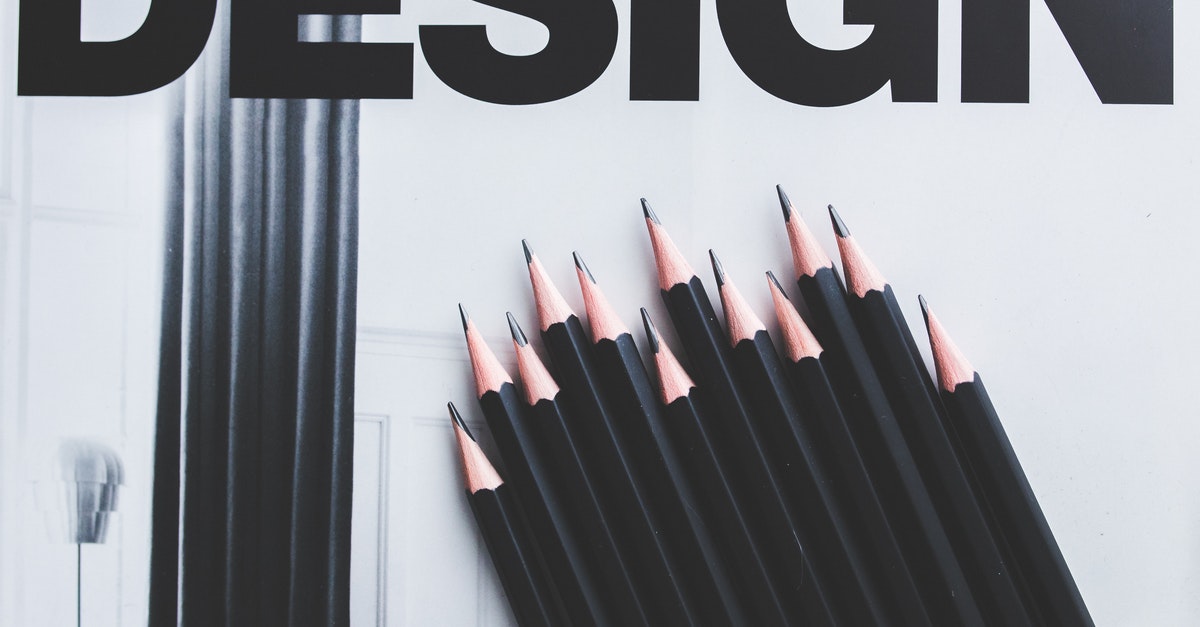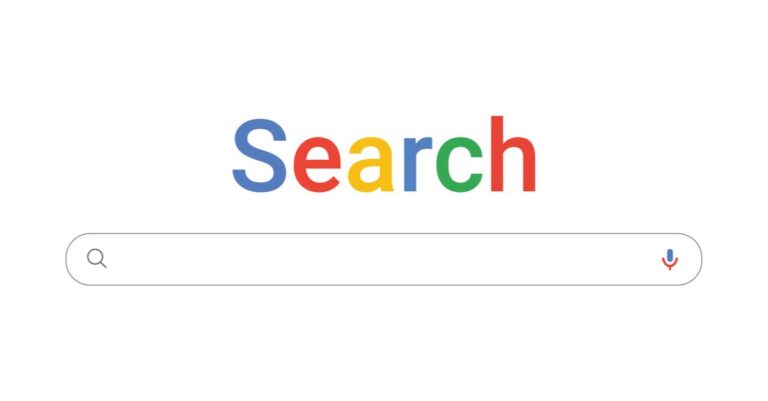By Mark Wilson, Fast Company
COVID-19 caused us to reassess a lot, including our jobs. This year, 52% of all Americans plan to change jobs, and as many as 44% have implemented actual plans to do so. And with more employers offering remote work options than ever before, that opens the door to companies—maybe even to whole new careers—you have not previously considered.
But what will make these companies consider you, especially if you’re trying to land your first design job?
That’s a question we posed to Diane Domeyer, executive director at one of the biggest staffing agencies in the world, Robert Half, where she oversees the firm’s placement of marketing and creative employees. Domeyer has been getting people hired for nearly 30 years, and argues that it’s the perfect time to jump into the field of design.
“Think about the amount of transition: organizations have had to redesign workflows, adapt customer experience, and change the way they provide goods or services to customers,” she says.
As a result, design is on the forefront of most companies’ minds. According to Robert Half’s own research, nine out of ten hiring managers are having trouble finding the talent they’re looking for—specifically within design. Furthermore, Domeyer points out that unemployment rates within design are lower than the national average, particularly in the hot fields of web, digital, and UX design.
So how do you seize this rare moment? Take Domeyer’s advice to craft the perfect portfolio, nail the interview, and properly gauge your opportunity.
BUILD YOUR PORTFOLIO THE RIGHT WAY
Perhaps it sounds obvious, but building your own design portfolio, filled with examples of your work, is of paramount importance. That’s true for any designer, but particularly for a new designer trying to break into the field.
“That’s your ante into the game,” Domeyer says. “Even if you’ve not designed professionally, you need to build your portfolio with work you’ve done.”
So what’s the best strategy to build a design portfolio without a previous job in design? Of course you can publish personal projects, but Domeyer recommends building client experience on the side through pro bono, volunteer, or freelance work. She also suggests trying to get compensated while building your portfolio if you can, and points to Upwork and Fiverr as good spots for new designers to get some paid jobs under their belt while building a collection.
As for how many examples you need for a complete portfolio, you actually don’t need to show a ton of projects to impress a prospective employer. Quality over quantity is definitely the best approach.
“Most employers will look at maybe five projects,” Domeyer says. “Most people will say you put your strongest work first . . . then above and beyond the visual presentation of your portfolio, have a descriptor as to how you did the work and your creative process. That’s as impactful as the visuals.”
Using an online platform like Behance to host your portfolio works well, though Domeyer also suggests using the site to mine others’ portfolios to reverse engineer the best way to organize and present your work.
NAIL THE TWO STYLES OF INTERVIEW
“We always say the portfolio is what gives you the interview, but how you present yourself [in the interview] is what gets you the job,” Domeyer says. So you actually want to prepare for the two most common types of interviewers you might be getting. “You need to be prepared to speak to an expert in design, and you need to be prepared to speak to a novice in design,” she says.
The first style of interview you might encounter is with a talent manager who knows a design role needs to be filled but doesn’t understand the ins and outs of design itself. This means you can find common ground by talking about your general talents as a professional, rather than your more specific talents as a designer.
“You may have an advantage in that you can articulate your contributions in whatever your previous career experience is, because your focus will be less on your portfolio,” Domeyer points out. “It will involve the portfolio, but it won’t involve a critique of your work. If that’s the case, use it as an advantage to leverage your accomplishments in your previous organization and role, and your contributions in terms of business impact. But be clear in how you will bring design into the next phase of your career.”
Now, if you’re talking directly to a creative director or other design-knowledgeable person, you should take a different approach that focuses on your craft. “Speaking to a creative leader, you need to be prepared to speak to not just the work you have in your portfolio, but your creative process,” Domeyer says. “Especially if you’re new in the industry [be ready to explain] how do you go from concept . . . all the way to the end product?” Along the way of selling your process, it’s also good to emphasize that you’re prepared to learn.
As a final point, Domeyer emphasizes to design applicants that the soft skills they can showcase in an interview are always important, and they are particularly important in this field. Part of being a good designer is being a good communicator, and you need to showcase your communication skills during the interview. “Oftentimes, you’re presenting your concepts to business owners who aren’t necessarily designers,” she notes, “and therefore, there’s a high degree of emphasis of not only how well you can visualize an end product, but how well you bring others along.”
DON’T BE AFRAID TO MAKE THE LEAP—IT REALLY IS THE PERFECT TIME
Perhaps everything you’ve read above makes sense, but you still just aren’t sure that you’re ready to jump into a full-time job in design. Obviously, it’s crucial to think over any big career shift. But Domeyer emphasizes that now really is an objectively good time to make a transition, and it’s a moment that won’t last forever.
On top of the fact that hiring managers are having trouble finding designers, she says that Robert Half’s research has found that 70% of hiring managers are currently planning to increase the number of contract designers they hire. Contract design is freelance work, of course, but Domeyer encourages new designers to be open to it to build that portfolio and experience.
As for where you should look to spot a design job, Domeyer recommends pretty much any company with an e-commerce function, but also retail, goods and services, and hospitality. “Some of the industries negatively impacted at the early outset in the pandemic have needed to have some of the most significant change out of it,” she says, noting that it’s a good idea to cast a wide net across the country during your job search.
“I’ve been in talent for almost 30 years, and we’ve never seen—because of what happened in remote work [with COVID-19]—as many employers willing to look at people from different geographies,” Domeyer says. “The connection of individuals to the number of opportunities has never been as strong as now.”
However, while the opportunities are plentiful, our expert’s final piece of advice to new designers is to be open-minded, and not too picky about the first job they land in the field.
“Don’t go somewhere that’s the wrong fit. That’s not the point,” Domeyer says. “But be willing to take chances, to jump ahead in something to gain experience. If you’re new in the design career, sometimes the most exciting part of the journey is going to the unknown. You may have to jump on something you haven’t fully contemplated to get the experience. And your journey will be more clear, the more steps you take.”




